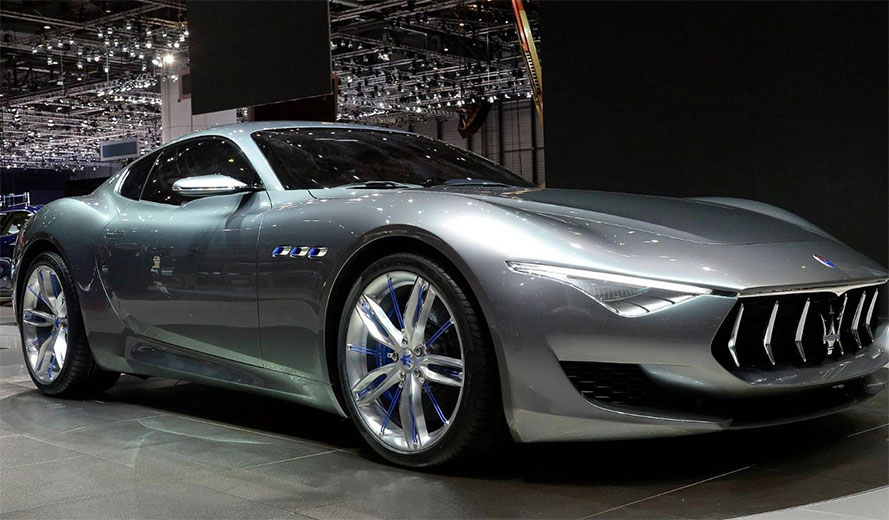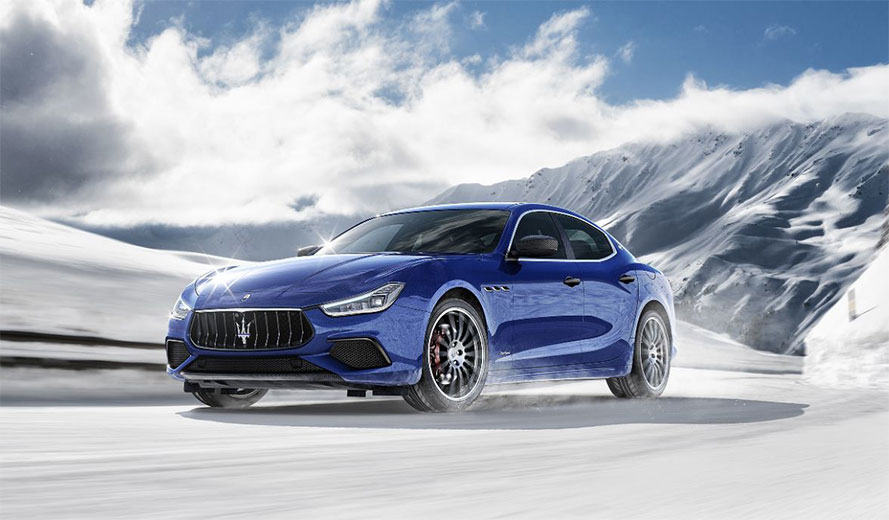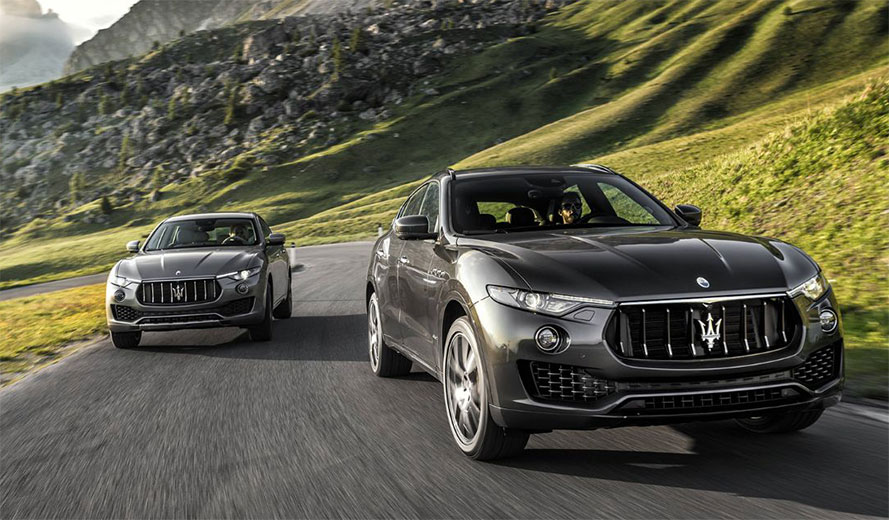- Brand story
An Italian story. A global icon -
When the Maserati brothers opened in 1914 the Officine Alfieri Maserati in the heart of Bologna, Italy, they could hardly have imagined the impact they would have on the world. Alfieri, Ettore, Ernesto and Bindo: four brothers united by their unrelenting passion for cars and engines. Their vision, enthusiasm and expertise turned out to be the cornerstones of what would one day become a global brand, universally recognized as a symbol of motoring excellence. This is where Maserati began to forge its legend.


- Long and glorious heritage
-

Officine Alfieri Maserati was founded on 1 December 1914 in Bologna, Italy. Since then, Maserati has played a consistently important role in the history of sports car culture and its development. Over a century of activity has brought with it glorious achievements, both on the road and the track, as well as more challenging times, which have helped forge the company’s character and personality. Still today its world-wide reach emanates from its historic Maserati headquarters.
Maserati is now a global brand operating in over 70 markets. Unlike any other manufacturer, Maserati has succeeded in instilling within its cars both heritage and innovation, past and future, memory and vision. Its heart may be rooted in its Italian heritage, but its eyes are firmly focused on the future.
- Legendary Trident
-

The Trident, the symbol of a myth. The badge used on all racing cars in Maserati’s history, has remained constant throughout the evolution of the brand and its style, technology and performance, accompanying all the victories and successes of Maserati cars. A figure of iconic importance in Maserati’s history has dominated Piazza Maggiore in Bologna since the sixteenth century. It was the city’s Fountain of Neptune that inspired the Maserati Trident logo, symbolising both Bologna itself and the automotive brand. Inseparably linked to the brand, the Trident underlines the exclusive status of the firm’s cars and their identity as masterpieces of elegance, luxury and sports car performance.
- Graceful grille
-

Every Maserati car has always had an elegant, distinctive radiator grille with a very special meaning. From the mid-thirties onwards, radiator grilles started to become even more distinctive. The Maserati 6CM saw the first use of a new grille featuring chromed fillets with a rounded, extremely sinuous form. Similar shapes, with fillet grilles, also appeared on the Maserati 8CTF and the 4CLT, both cars which were to become part of the Brand’s racing history.
The Maserati Tipo 26 had chromed trims on its grille, bringing prestige to the front end of the car and underlining its sporty elegance. As the years passed, new combinations were tried: the Maserati 8CM introduced a black grille with chrome edging that created a break between the colours of the grille and the bodywork, generating depth and giving the car an even more original look.
-

As the radiator grilles of its racing cars evolved, the Brand also paid great attention to styling the grilles of its road cars. One example is the Maserati A6 from the late forties, with its distinctive chromed grille that emphasised the car’s impressive front end. On some versions, such as the A6G/2000, the grille also included the Trident logo, placed in the centre and highlighted by its chromed finish.
As the years passed, the cars’ power increased and engineers needed better cooling solutions. In the Sixties and Seventies, as the design of the cars became more streamlined, radiator grilles varied a great deal from model to model. The radiator grille on the Ghibli had a chromed surround and a Trident badge in the middle, while the Indi did not have a grille as such, since the engine was cooled by a number of air inlets in the underside of the nose.
-

Radiator grilles continued to evolve in the 1980s, with angular car features combined with simple but striking grilles, as in the case of the Maserati Biturbo.
The trend has continued through to the current design of the Maserati GranTurismo, with the chromed Trident badge proudly displayed on a black background, just as on the new Maserati Ghibli and Maserati Quattroporte, with their expressive grilles that underline their elegant, sporty personalities.
-
Designing excellence
-
-

Following the Quattroporte, Pininfarina designed a new coupé which will have a profound impact on the history of Maserati and the motoring world. Stunningly beautiful, the GranTurismo took the Geneva Motor Show by storm in 2007.
-

In 2014, Maserati's homage to its own sports heritage, the Alfieri Concept Sports Car, is revealed. This thoroughbred racing machine and masterpiece of automotive design is by no means a nostalgic, retrospective study, but a beautiful, visionary sculpture on wheels.
-

Meanwhile, following huge investment in new production facilities, the company launched a four-door sports saloon and reintroduced the Ghibli name to a brand new and highly appreciative audience. Massively popular right from the start, the Ghibli has helped Maserati achieve its highest ever sales volume – the prefect celebration in its centenary year.
-

As sales continue to hit new heights, Maserati has expanded its model line-up with its first-ever SUV, the Levante. Alongside the Quattroporte, Ghibli, GranTurismo and GranCabrio, for the first time, the Maserati range covers the whole of the global luxury automotive market.
-
-
SCC’s exclusive access
-

- Participation in special events of Maserati: In cooperation with Shenzhen Denker Motors Service Co., Ltd., an authorized Maserati dealer, SCC provides its VIP guests with privilege to such exclusive Maserati events as test drives and national tours.





